Top 10 Cars That Need An Extra Gear (or Two)

It’s 2014 and there are STILL cars out there with four and five-speed gearboxes. You may be asking “What’s wrong with that?” and the answer is “Everything!”
Having an extra gear or two (or even a CVT) would help cars get improved fuel economy, responsiveness or even improve the capability of a car or truck. We’re not making things up, just look at the leaders in each class of car, most use continously variable transmissions (CVTs, which have infinite gear ratios) or six to eight gears to choose from. Heck some cars are now offering nine speeds, and there is news of 10-speed automatics coming soon.
But, as we mentioned, there are cars out there that are lagging behind for whatever reason. Lets take a look at them and see just what they can gain with an extra gear or two.
When we threw the Pilot against a few other three-row crossovers, we were surprised that the Honda’s fuel economy numbers didn’t come in dead last. With its five speed automatic, the Pilot seems really out of date, especially when many of its competitors use far more versatile transmissions.
SEE ALSO: 2014 Three-Row Crossover Comparison Test
We did note that it feels old calling it a “senior citizen” among youngsters and the cars five-speed auto is one of the main culprits of that impression. There’s no doubt that the Pilot could benefit from a modern transmission. While we love the trucks practicality, it needs to back it up with solid engineering too.
Is the Ridgeline a truck? Is it an SUV? Whatever you want to call it, there’s a five-speed auto and that has to change. Paired to the cars 3.5-liter V6 engine, the total package results in just 17 MPG combined, making this truck hard to recommend versus real trucks like the Ram 1500 and Ford F-150 that both have more power and require less fuel. Upgrading the transmission would help the Honda Ridgeline deliver better fuel numbers.
The Yaris has a four-speed auto. This is unacceptable, especially when the Kia Rio, Chevrolet Sonic, Ford Fiesta and Hyundai Accent both have six-speed automatics. Here’s what else those other cars are: good. The Yaris on the other hand has been floundering in the subcompact field for quite some time, relying on the reputation of the badge in its grille.
While Toyota updated the Yaris recently with an all new look inside and out, it was utterly confusing why the company didn’t update the drive-train at all, meaning that four-speed automatic gets to work with a 1.5-liter four-cylinder engine, in order to get 32 MPG combined. Toyota uses a CVT in the Scion iQ for goodness sake, why can’t we get something like that in the Yaris?
These cars share a spot because it’s very unlikely you will ever see one of them on a dealer lot.The most basic models of the Toyota Corolla and Nissan Versa sedan come with four-speed automatics, despite the fact that more modern and fuel efficient transmissions exist elsewhere in the model lineup.
In the $14,300 (including destination) Versa S automatic and the 1.6-liter four-cylinder engine with the four-speed nets 30 MPG combined. Opt to get the CVT in the $14,800 Versa S Plus, and that number jumps to 35 MPG. You also get a slick rear spoiler and cruise control. What value!
If you want the cheapest model of the Corolla, you’re stuck with a four-speed automatic in the L trim level. While you can upgrade from an L to an LE model and get a CVT for an extra $1,015. C’mon guys, just make the CVT standard by now and save customers the trouble of having to live with that ancient four-speed, which in the Toyota is two MPG less efficient on the highway and in the city.
For years the Tacoma had few rivals. Heck only the (also old) Frontier stacks up against the Tacoma. But now, new competition from GM is here, and that means’ it’s tie for Toyota to put the five-speed out to pasture.
By upgrading the five-speed, Toyota could address many of the complaints that critics have with the Tacoma. It would offer better fuel economy and would probably feel more refined to drive. With ten-speed automatics coming to GM’s pickup trucks, it’s only a matter of time before the Tacoma’s five-speed seems as geriatric as a three-speed slushbox.
The 4Runner’s decision to use a five-speed only looks bad when you consider its competition. The Jeep Wrangler Unlimited uses a transmission with six-gears, making the 4Runner look a bit behind the times.
Scion’s boxy compact is practical and unique, but it features an old transmission that holds it back. With its four-speed automatic, the Scion xB looks woefully under-equipped to take on cars like the Kia Soul and Hyundai Elantra GT. Despite its cargo space advantage, we doubt many buyers would look past the disappointing 24 MPG combined fuel economy rating.
Save for the FR-S, it’s clear that Scion’s lineup is a little stale in both looks and engineering. The small xD subcompact hatchback also gets a four-speed automatic transmission. Isn’t Scion supposed to be a youth-oriented brand, one that wants to ignite passion through cars? Why then, is it offering ancient transmissions in its cars?
Pair that geriatric gearbox with the lethargic 1.8-liter four-cylinder engine and you have a vehicle that earns 29 MPG combined, or two MPG behind of the Hyundai Accent. If it used a CVT or a six-speed, like its rivals – the xD could not just rely on its quirky looks to get customers, it’d have some tangible value too.
There are many examples of Acura going brain-neutral with its products, but none are as evident as the Acura ILX’s confusing approach to transmissions. Here’s the deal: a modern (and engaging) transmission is available in the ILX, but only with the more expensive, but lesser equipped 200-hp 2.4-liter engine. That model is ONLY available with a six-speed manual transmission. Everyone else is treated to a five-speed automatic.
When paired to the underwhelming 2.0-liter engine, the Acura ILX somehow manages 28 MPG. Fortunately Acura has programmed its five-speed fairly well, as its eager to shift, but the company could see improved responsiveness with a six speed.
Seeing how the ILX competes in the entry-level luxury or premium market, looking out-dated in the spec-sheet is a serious problem and one that has to have Acura concerned, seeing how even Buicks entire lineup feature six-speed autos.
The Dodge Journey fights in one of the most competitive segments of the automotive industry: compact crossovers, but with its four-speed automatic, it might as well just watch from the sidelines. Now granted, the four-speed only comes with four-cylinder models, but still, buyers in this segment want a car that is fuel efficient and practical and the Journey is only half-way there thanks to its ancient transmission. Fiat-Chrysler, if you can stick a nine-speed automatic in the Chrysler 200, or Jeep Cherokee, you can save the Journey by putting a modern transmission under the hood.

Sami has an unquenchable thirst for car knowledge and has been at AutoGuide for the past six years. He has a degree in journalism and media studies from the University of Guelph-Humber in Toronto and has won multiple journalism awards from the Automotive Journalist Association of Canada. Sami is also on the jury for the World Car Awards.
More by Sami Haj-Assaad






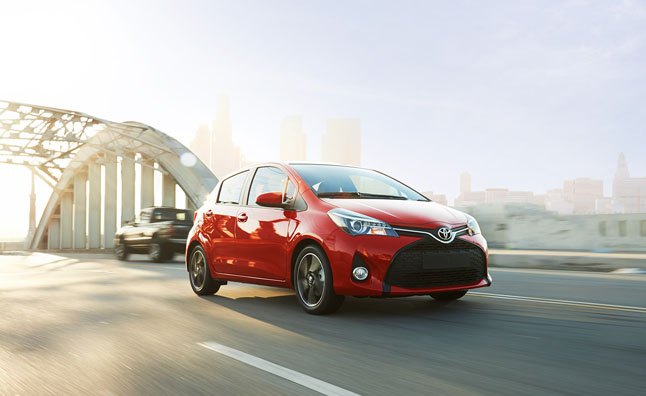




















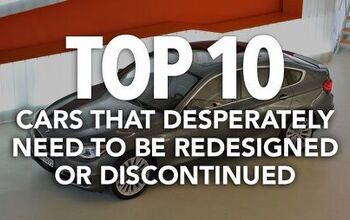


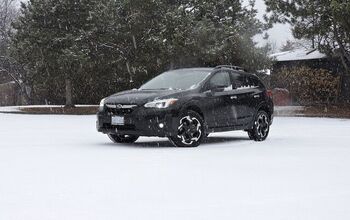



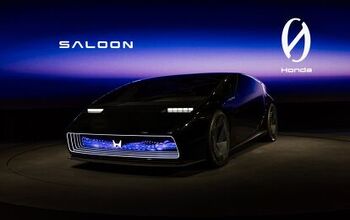
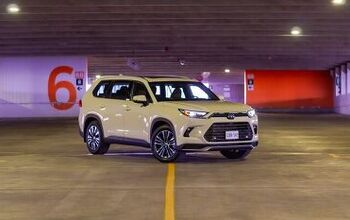
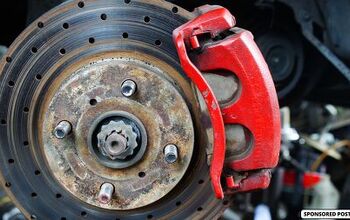

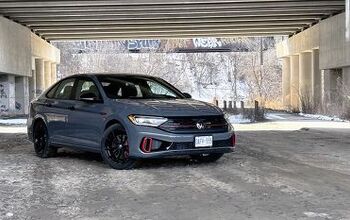
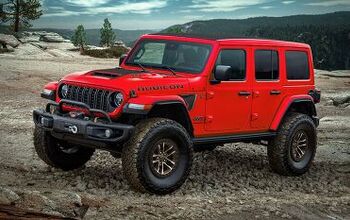
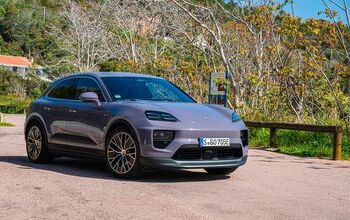
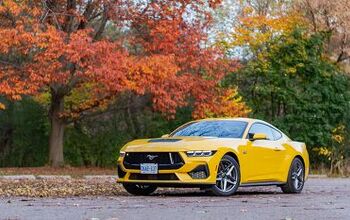
Comments
Join the conversation
in order for each upshift to land at maximum torque, the 4 speed has to allow the engine to rev to redline. But more gears allows upshifts to occur a short time sooner and at lower RPM and without the extra fuel consumption (and wear and tear).
Don't.... read... the comments....